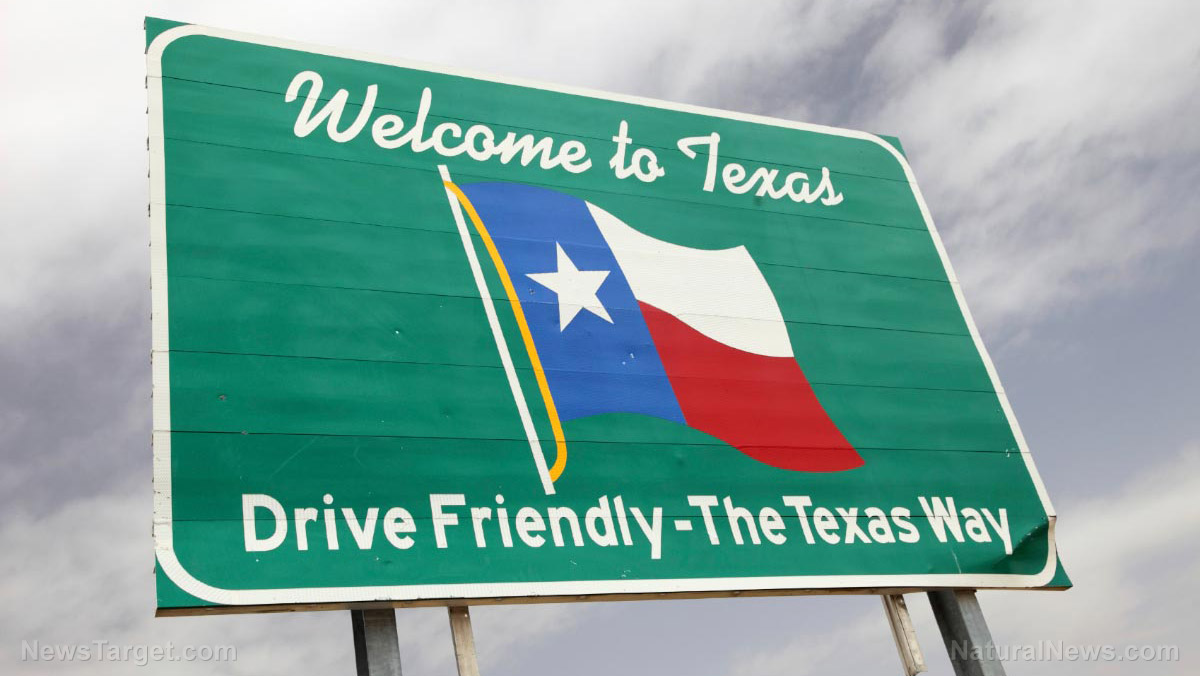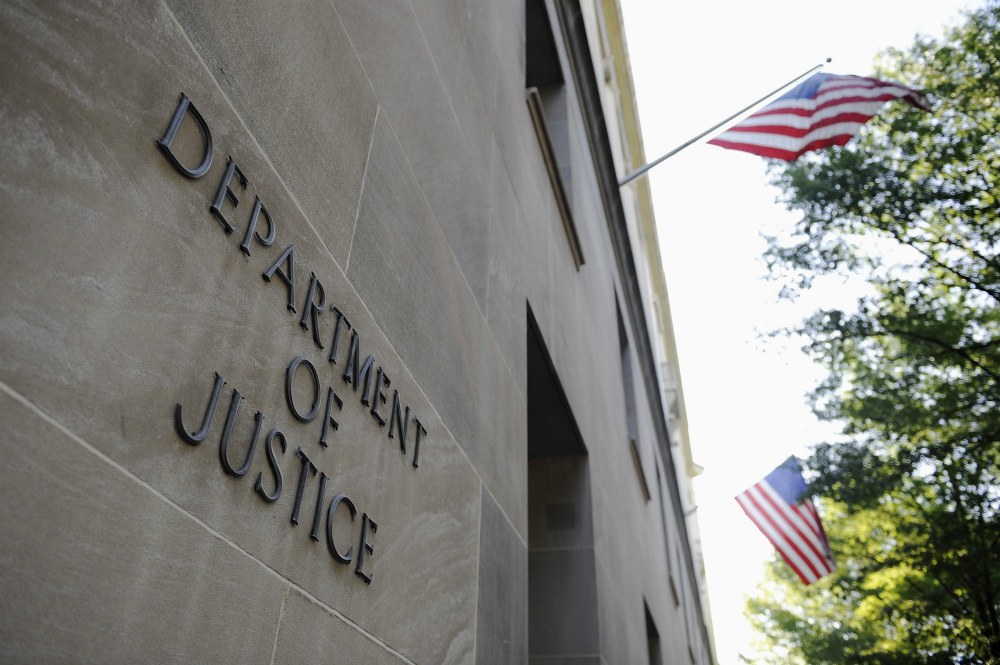
Port Aransas, near Corpus Christi, had been closed for nearly four weeks in response to the ongoing coronavirus (COVID-19) pandemic. After reopening, one resident observed the “craziness” of the number of people who flooded the beach.
“It was a jungle out there,” Neesy Tomkins told mySA.com. “No one paid attention to staying 6 feet away from others, and I only saw one person wearing a mask. I don't get it or understand it. If it's recommended, people should practice it.”
Concerns raised of a spike in cases
When it was closed, Port Aransas officials only allowed visitors to use the beach for exercise. During this time, Tompkins noted that the beach was “peaceful” and “clean.” The scene this past weekend, on the other hand, was in stark contrast to what it had been during most of April with Tompkins noting that there was “trash everywhere.”
However, Tompkins' concern was the flood of people at the beach might lead to a new surge in infections.
“I get that people want to come out and enjoy the beach,” she said. “But my concern is that it's [the COVID-19 cases] going to spike up again because people aren't paying attention to those small details that keep you safe.” (Related: U.S. stocks up on body bags in preparation for possible second wave of COVID-19 deaths.)
Last week, the Texas General Land Office sent directions to beach managers across the state, saying that beaches were allowed to reopen Friday -- the same day that retail stores, restaurants and movie theaters were allowed to open their doors under restrictions.
When asked about the reopening and the chances of a second wave on infections, Galveston Mayor Jim Yarbough told the Houston Chronicle that he wasn't worried about the reopening. Rather, he said he was worried about where the people would go after the left the beach.
“If Houston people want to come and congregate on the beach and do their thing and go back to Houston, with or without whatever they might have contracted, that’s fine,” said Yarbrough. “But the volume of people that come, they’re not just going to the beach and getting in their car. There’s restaurants, there’s gas stations, there’s grocery stores … it’s all the little dominoes and ramifications of people coming to Galveston.”
Texas reopens but still encourages social distancing
The basis for the green light from the Land Office to open beaches was Gov. Greg Abbott's executive order encouraging outdoor activities “so long as necessary precautions are maintained” to minimize in-person contact with people who aren't in the same household and slow down the spread of the virus.
On April 27, Abbott announced the first phase of his plan to strategically reopen the state's economy after the stay-at-home order he issued expired Thursday night. Starting Friday, all dine-in restaurants, retail stores and movie theaters were allowed to open in a limited capacity. All the while, the state continued to recommend that people follow federal guidelines for them to stay at least six feet apart from people not of the same household.
However, Abbott's plan to reopen the state did not initially include beaches, which left local governments waiting for the land office's decision on whether they had jurisdiction over access to the coastline. This led to different regions implementing different rules, with Galveston beach conducting a partial reopening the week before the beaches were opened across the state.
For their part, Texans seem to be eager to hit the beach despite the threat of the coronavirus. In Galveston, tents were reportedly being set up on Thursday night ahead of the official opening at midnight.
According to Galveston beach patrol chief Peter Davis, his patrol officers moved just under 3,500 people away from the beach during the weekend before the partial reopening.
The Galveston City Council has since passed an ordinance mandating social distancing rules on outdoor and entertainment venues, such as beaches, with violators subject to a $500 fine.
As for those worried about going out in public, Mayor Yarbough had a simple message: “Stay at home.”
Sources include:
Please contact us for more information.























